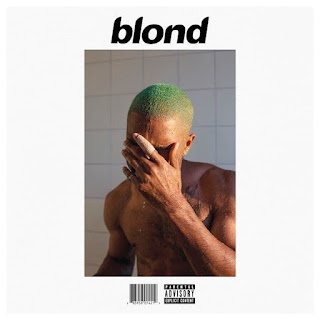Accused of an act of sabotage, aircraft factory worker Barry Kane (Robert Cummings) goes on the run after the man he suspects of being the real saboteur, Frank Fry (Norman Lloyd).
It has been a couple of years since I watched a Hitchcock movie. I was obsessed with them when I was growing up. I was able to binge a bunch of them when my mum bought me a discount boxset of several of Hitch's movies from his British period in the thirties (sorry no
Lodger).
Most of the films were his 'man on the run' thrillers like The Man Who Knew Too Much, The 39 Steps and The Lady Vanishes. I caught more of his films on late night TV, so I have a been able to digest a decent portion of his filmography.
My local arthouse is in the middle of a Hitchcock festival - this film was playing on a double bill with North by Northwest and so I decided to check them both out and see how Hitch's style evolved. I had not seen either movie before, which made it more exciting.
A Hollywood re-working of his British thrillers, Saboteur is a fun movie, but suffers from bland leads and a lumpy screenplay. There are some solid set pieces, but there is a sense of sameness to the proceedings.
It cannot help coming off as a carbon copy of films Hitchcock had already done, and done with more economy, humour and chemistry.
Betraying its context, the film is bracketed by scenes in which characters get into barely veiled discourse about the importance of defending American values against fascism. One of the funniest scenes in the film involves our heroes getting involved with the members of a circus’s ‘freak show’ - a human skeleton, a bearded lady, the fat lady, a little person and Siamese twins.
In arguing over whether to let the fugitives stay in their truck, each character offers a different political perspective and then participate in a democratic vote to decide. The one dissenter, a supporter of authoritarianism, is literally silenced and bundled offscreen.
The heavy-handedness of the political messaging was a prime source of hilarity during my screening.
There is also a sequence where a baby becomes a key part of the story mechanics, and literally hands our hero a key plot device. It is contrived, but it is so weird that it works.
Lead Robert Young is a bit colourless in the lead role. I found it hard to watch the movie without comparing him to Robert Donat or Michael Redgrave, who performed similar roles with greater sense of charm, befuddlement and humour.
Once Priscilla Lane enters as his opponent-turned love interest, the movie gains a bit more spark - they have good chemistry, and Lane gets some good moments. While they work as a team, the shift from distrusting fugitives to lovers is contrived.
Overall, Saboteur is not vintage Hitchcock, but it is an interesting watch, particularly if you want to watch a movie where he does not have his team of collaborators. It makes a good case for the importance of strong collaborators, particularly at the script phase. I would reccomend reading Sleznick and Hitchcock, which gives a great analysis of Hitchcock's early struggles in Hollywood.
A fun watch, but if you want to watch a man-on-the-run thriller that really sizzles, check out The 39 Steps.
If you are new to this blog, I also co-host a podcast on James Bond, The James Bond Cocktail Hour.
You can subscribe on iTunes, or wherever you get your podcasts.









